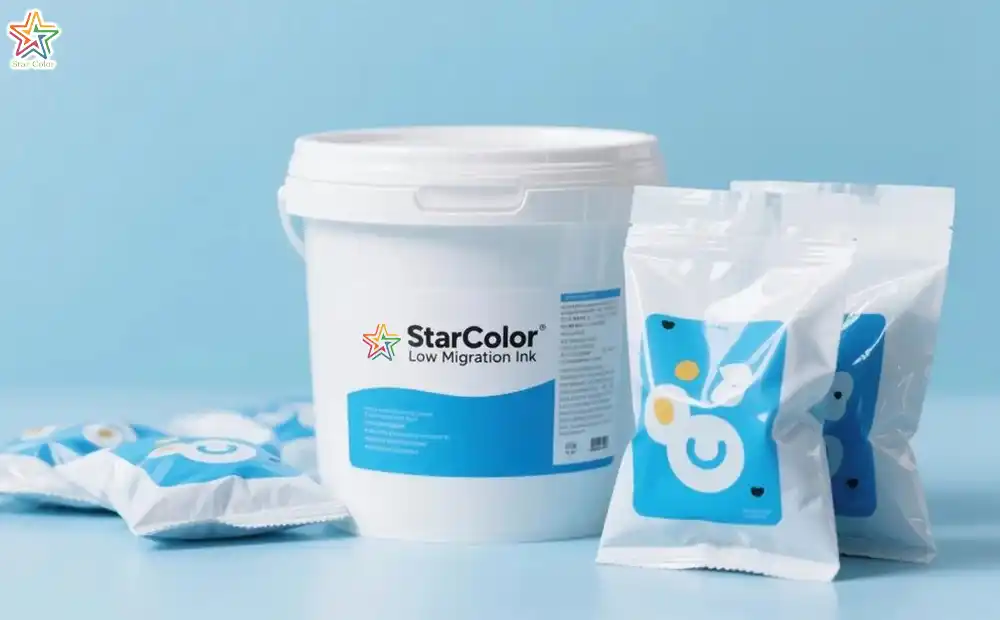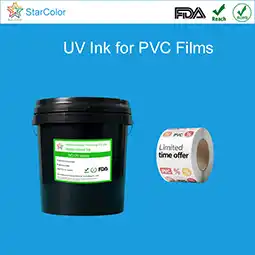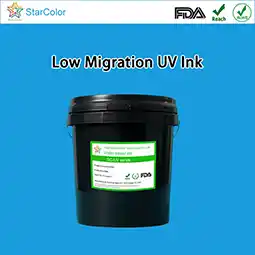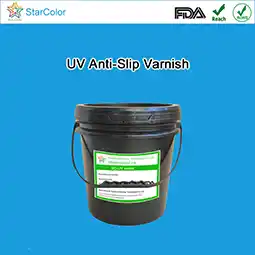What Regulatory Standards Define 'Low Migration' in Packaging Inks?
Date: Jul 15 2025 From: Star Color Views:
In food, pharmaceutical, and cosmetic packaging, consumer safety is paramount. One critical consideration is ink migration—the transfer of ink components from the packaging surface into the product. To address these safety risks, low migration inks are engineered to minimize or prevent the movement of potentially harmful substances. But what defines "low migration"? And how do global regulations shape ink formulation? Let’s explore the key standards.
1. EU Framework Regulation (EC) No. 1935/2004
The cornerstone of food-contact material regulations in the European Union, Regulation (EC) No. 1935/2004, mandates that:
-
Packaging materials must not transfer constituents to food in quantities that could:
-
Endanger human health.
-
Bring about unacceptable changes in food composition.
-
Deteriorate taste or odor.
-
Although this regulation does not specifically mention inks, it applies to all materials—including printed layers—that may come into indirect contact with food. Ink manufacturers must demonstrate compliance via migration testing or declaration of conformity.

2. Swiss Ordinance on Materials and Articles in Contact with Food (RS 817.023.21)
Switzerland is one of the few countries with an ink-specific regulation. The Swiss Ordinance includes:
-
A positive list of permissible substances in printing inks.
-
Specific migration limits (SMLs) for each listed substance.
-
Requirements for Good Manufacturing Practice (GMP).
Though only legally binding in Switzerland, it is widely referenced across Europe by converters and brand owners seeking proactive compliance.
3. Regulation (EU) No. 10/2011 on Plastics
This regulation applies to plastic materials intended to contact food and includes:
-
A list of authorized substances for use in plastic layers.
-
SMLs and overall migration limits (OMLs).
-
Functional barriers: inks behind functional barriers may be exempt if they demonstrate negligible migration.
Ink formulators working with plastic substrates must consider this regulation when evaluating compatibility and compliance.
4. US FDA Compliance (21 CFR)
In the United States, the Food and Drug Administration (FDA) regulates food contact materials under Title 21 of the Code of Federal Regulations. While no specific rule exists for printing inks, compliance can be achieved through:
-
Use of FDA-cleared components listed in 21 CFR 170-189.
-
Ensuring inks do not migrate above tolerable limits, especially for primary packaging.
The FDA also recognizes the importance of functional barriers, especially in multilayer packaging systems.
5. Mercosur and Other Regional Regulations
Other markets, such as Mercosur (South America) and China, are introducing their own ink migration or packaging material standards. For instance:
-
China GB standards outline migration limits and permitted additives.
-
Mercosur GMC Resolutions align closely with EU models but emphasize regional food types and climates.
Exporters need to ensure multi-jurisdictional compliance when targeting global markets.
6. How StarColor Ensures Compliance
At StarColor, our low migration ink solutions are designed with:
-
Carefully selected raw materials from positive lists.
-
Minimal use of low molecular weight components.
-
Verified compliance with EU and FDA standards.
-
Batch traceability and third-party migration test reports.
We partner with converters and brand owners to deliver safe, sustainable, and regulation-ready printing solutions.
Low migration inks are a necessity for safe packaging—especially in sensitive applications like food and pharma. As global regulations evolve, compliance is no longer optional; it's a prerequisite. Understanding the standards—such as EU 1935/2004, Swiss Ordinance, and FDA guidelines—helps packaging professionals choose the right ink systems. At StarColor, we’re committed to regulatory excellence and safe innovation in every formulation.
 RU
RU EN
EN CN
CN















